It is December 25, 2023, and I am in Wuhan, China. I arrived yesterday and it is my first time here. The weather is cool but not uncomfortable. So far, I am pleasantly surprised by the appearance of Wuhan – from its modern city scale to its great parks. The enormous Yangtze river (or Changjiang 长江) cuts through Wuhan, separating the city into east and west.
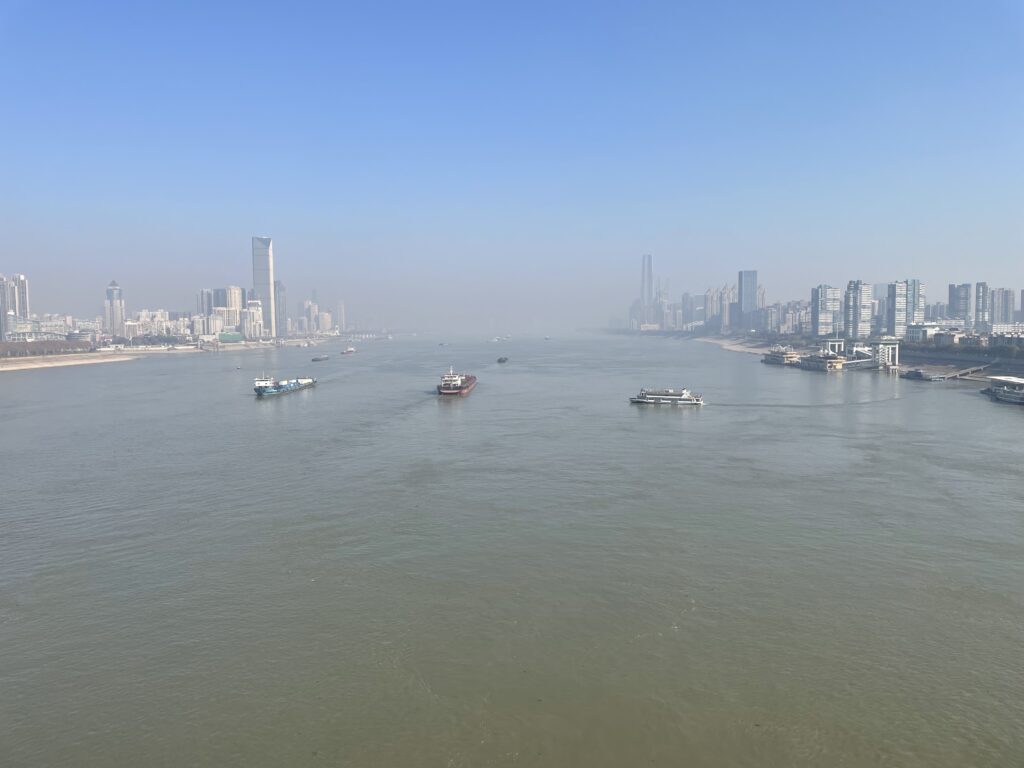
To many, Wuhan is perhaps best known for being the origin place of COVID-19: the outbreak is recognized to have started here in December 2019. Geographically, Wuhan is more interesting: it features a subtropical climate, landscape diversity, and sprawling urban development: all while being situated in the geographic center of China. At a glance, Wuhan is considered a “tier 1” Chinese city, indicating a notably high population, sophisticated infrastructure, and international impact (please note that is my interpretation and city tiers are not an official designation).
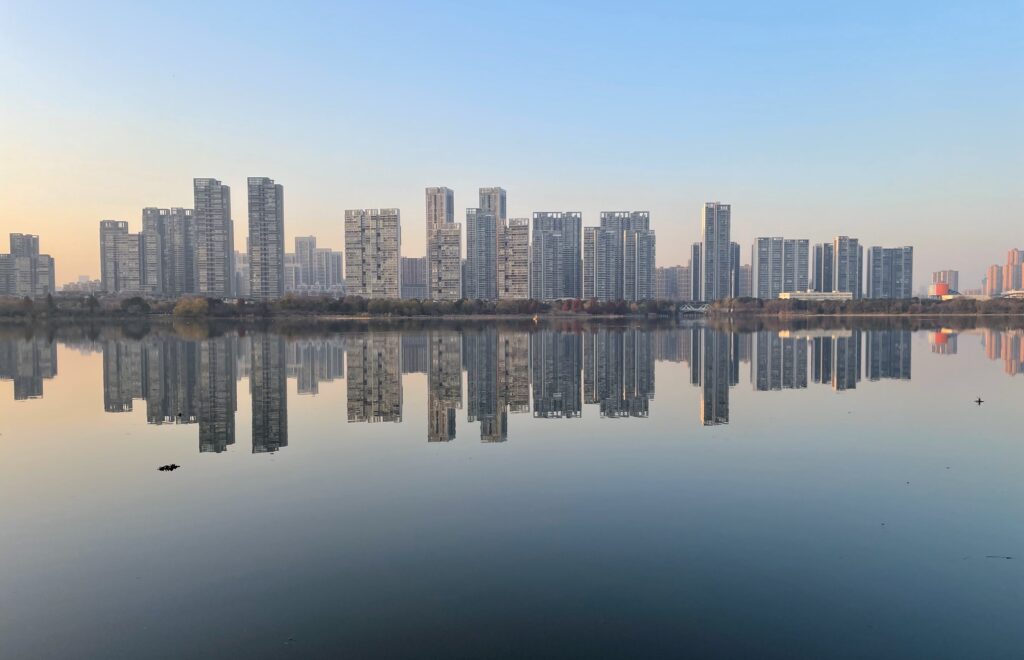
Not long after starting my day, I am walking across the Wuhan Great Bridge (or “First Bridge”). The city features 11 bridges. Under the bridge, cargo ships through, while trains ride on a lower track as cars pass by on the top road.
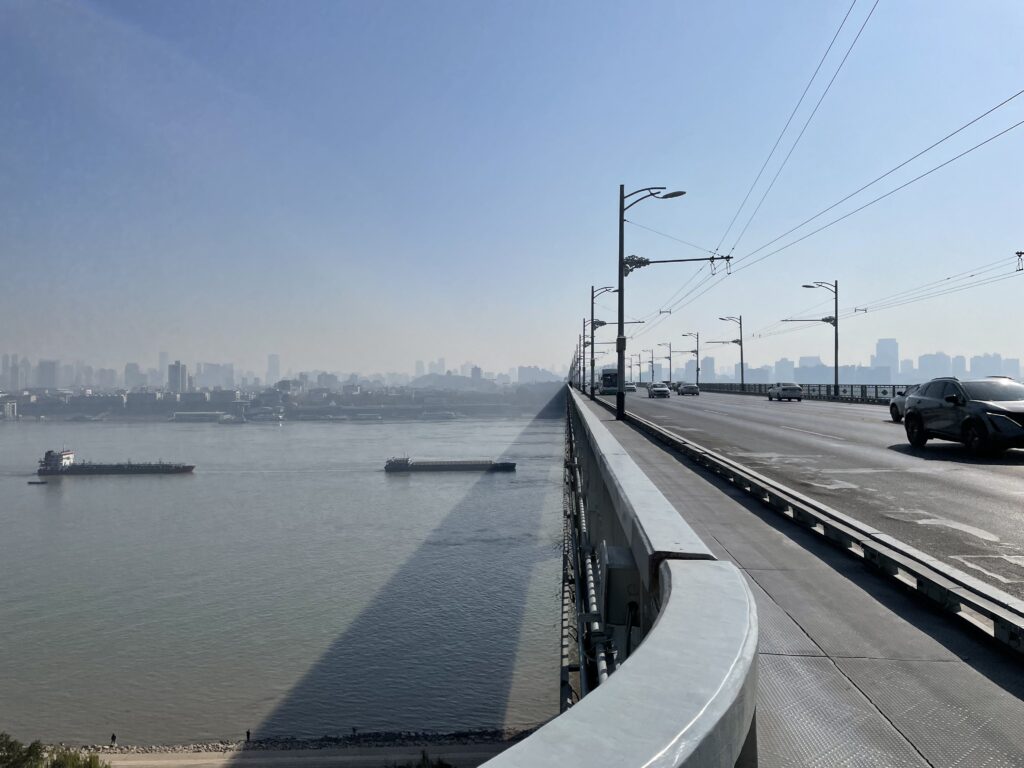
The bridge walk offers very expansive views of the city, but particularly emphasizes the vastness of the Yangtze. While the bridge provides walking paths on both sides, they are on the narrow side and also used by e-bike drivers. However, the excellent views are worth the effort in my opinion – assuming there is decent visibility on that day.
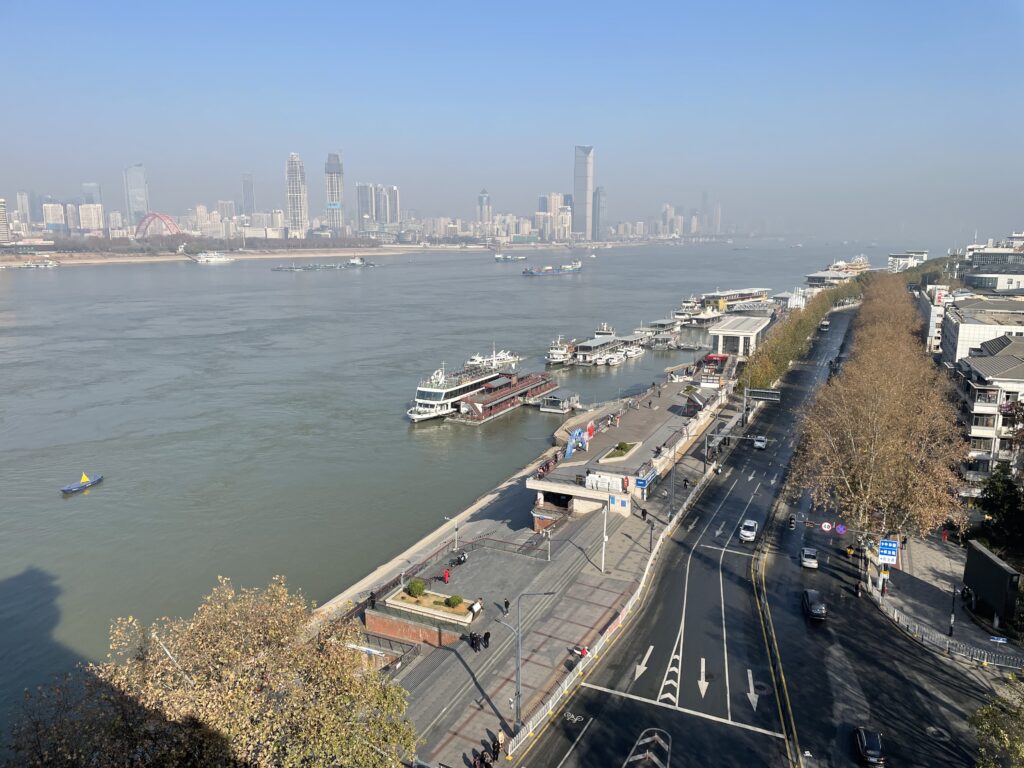
After visiting the bridge, I enjoy lunch before visiting Wuhan University. The campus is among the most beautiful and distinctive that I have ever seen – certainly the best in China, in my opinion. Special thanks to Patrick, for showing me around the campus.

Very quickly you will realize much of Wuhan University’s extensive campus is spread out on a hilly foundation. Be prepared to navigate lots of stairs and hills. A vehicle is essential if you are a student or faculty here – mopeds and e-bikes line every road and surround most buildings.

On the mountainside section of the campus is where the University’s traditional composition truly stands out. The architecture at this point is highly stylized, designed by American architect F.H. Kales, who blended western and Chinese styles.
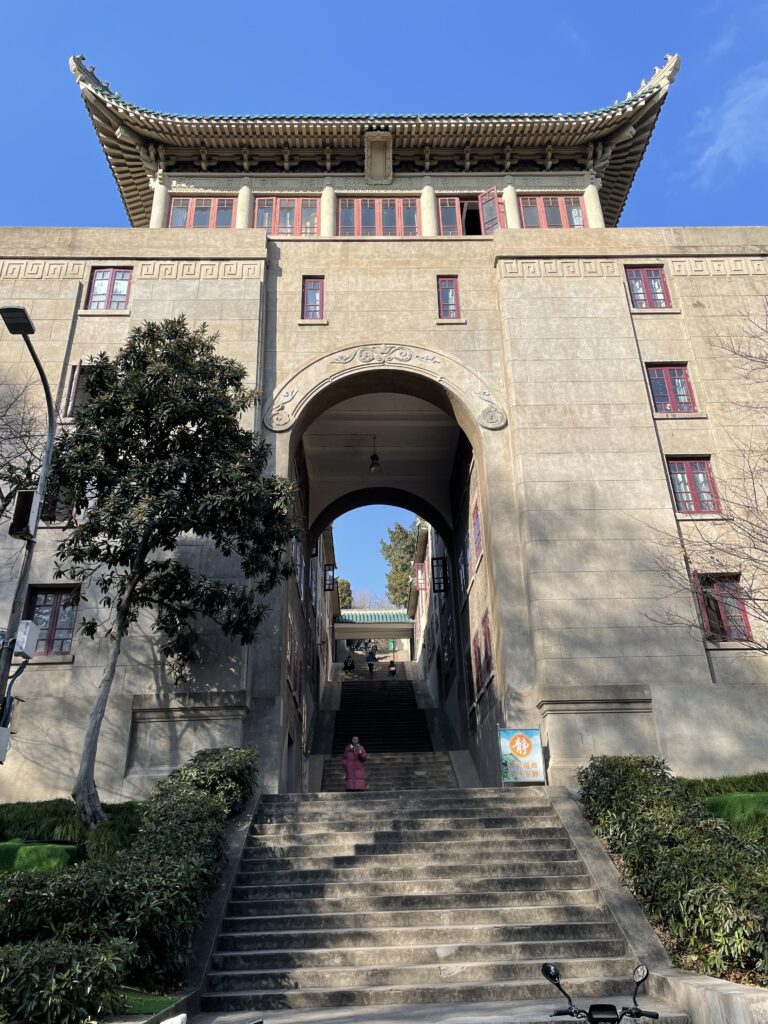
While the prominent buildings (noted by turquoise roofs) here are generally administrative or museum space, graduate student housing comprises most of the lower level.
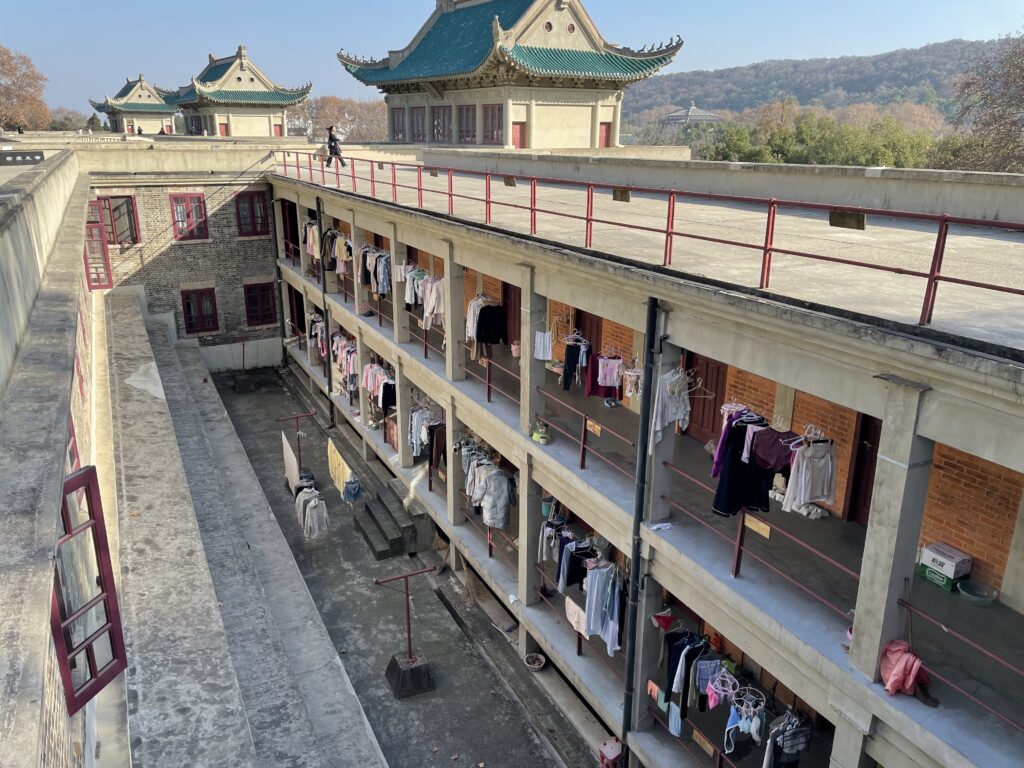
Lots of opportunities for pictures here!
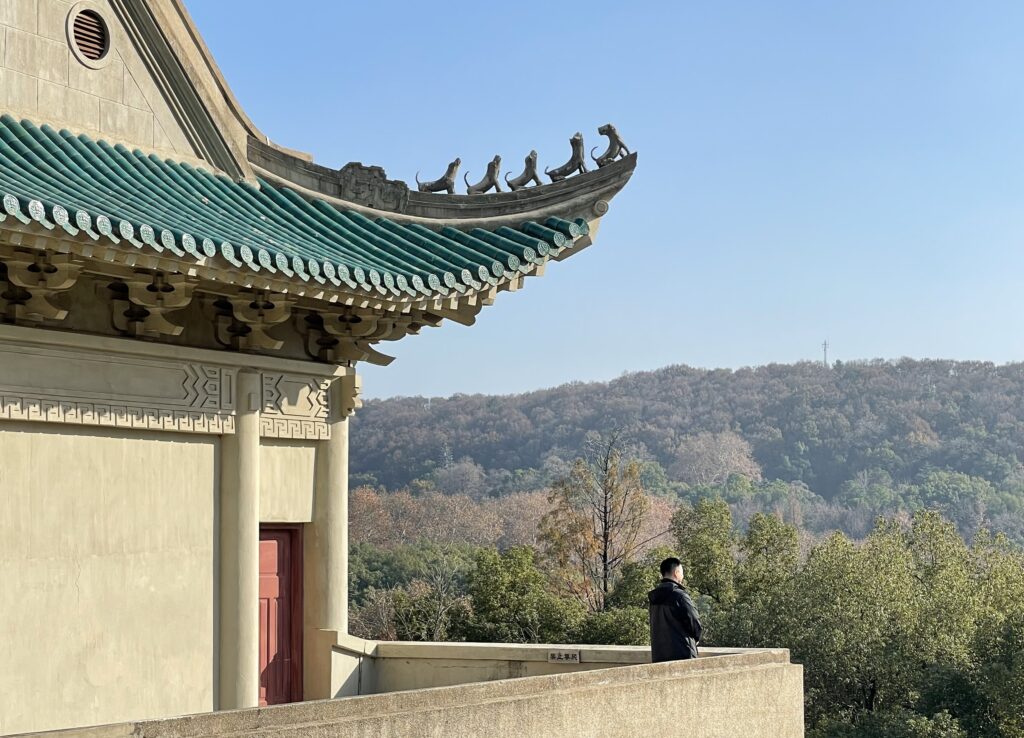
After enjoying the campus, I spend more time in Wuhan’s city center / downtown. It is more like the usual big, modern city in this regard: lots of commerce, lots of lights, and lots of people. It is all rather clean and populated with well-to-do folks. But I will maintain that the overall collection of parks (in addition to the university) in Wuhan is exceptional in terms of scale, upkeep, and natural beauty.

Thank you to Chen Chen and her family for hosting us in Wuhan!

Leave a Reply